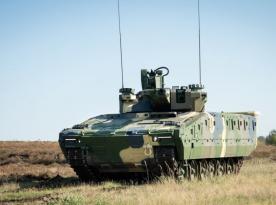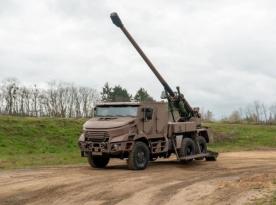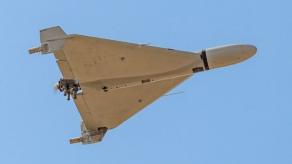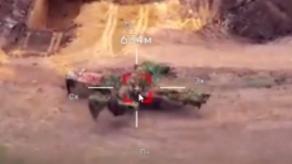Armenia plans to acquire additional russian multirole Su-30 fighters to counter Azerbaijan's upcoming JF-17C aircraft. These will be newly built jets produced in India, representing an upgraded version of the locally manufactured Su-30MKI.
Rumors about the deal circulated earlier this year, but Indian Defense News now reports that the agreement is in its final stages. The landmark contract is valued at $2.5–3 billion and covers the purchase of 8–12 aircraft.
Read more: Europe's Meteor Long-Range Missile to Be Integrated on russian-Designed Su-30, Why That's a Dangerous Development

The upgraded Su-30MKI variant is expected to feature more Indian-made systems, including the Uttam AESA radar, a modern domestic electronic warfare suite, and Astra Mk.1 and Astra Mk.2 air-to-air missiles, with maximum ranges of 110 km and 160–200 km, respectively.
However, as Defense Express notes, some of these systems — such as the Astra Mk.2 — remain under development. Furthermore, there is no confirmation that a fully upgraded Su-30MKI equipped with these components has yet conducted a flight test, leaving its readiness timeline uncertain.

Despite the high level of localization, a significant portion of components will still come from russia. This means Moscow will continue to earn revenue from the deal and keep parts of its defense industry active.
Armenia's decision may appear surprising to some, but it is strategically sound. The country already operates four Su-30SM fighters, albeit possibly without combat-ready weapons. Moreover, Armenia has previously purchased Indian defense products, so its positive experience likely influenced this decision. An additional advantage lies in acquiring Astra air-to-air missiles, which are not restricted by russian export controls.

It is also worth noting that India has limited yet unique combat experience against Pakistani-Chinese JF-17 fighters — the same type Azerbaijan has ordered (40 aircraft of the Block III version). Despite the formal end of the war, tensions between Azerbaijan and Armenia remain high.
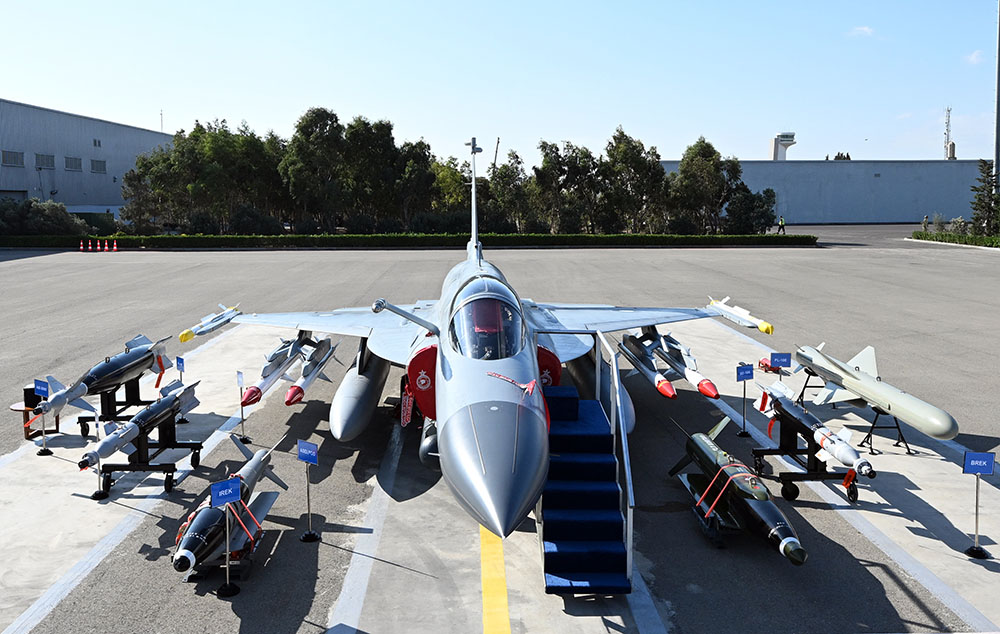
Overall, Armenia's choice of aircraft appears justified both politically and technically. The key question is whether India's defense industry can deliver on schedule — starting in 2027 and completing by 2029 — or whether, as often happens, delays and production challenges will occur.
Still, this deal represents India’s first-ever export of newly built fighter jets, placing significant responsibility on its aerospace sector. Any setbacks could seriously impact future international contracts.
Read more: Inspired by F-22, India Eyes Risky Engine Test on Su-30MKI





